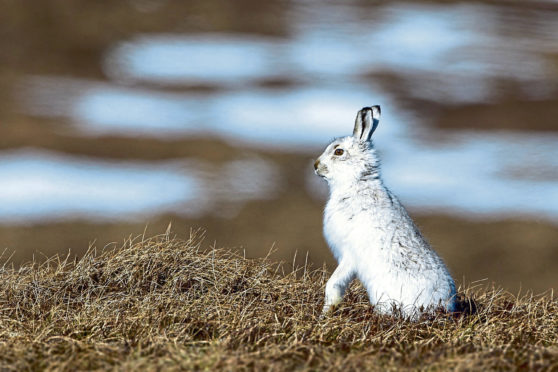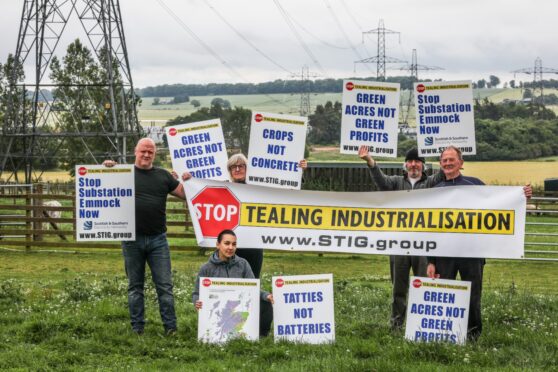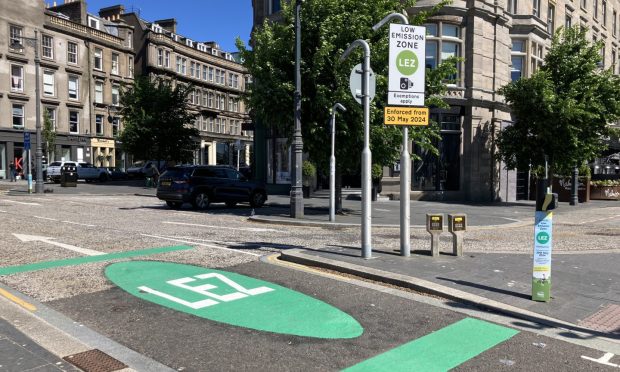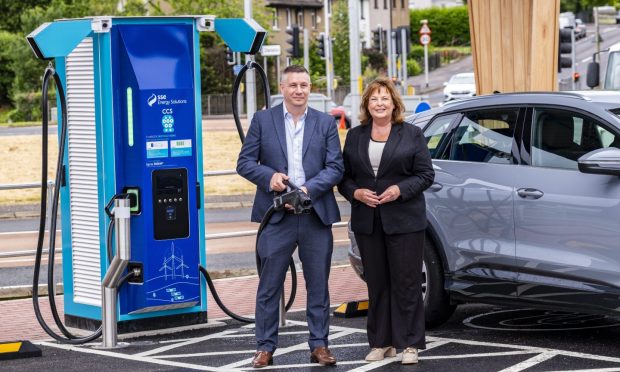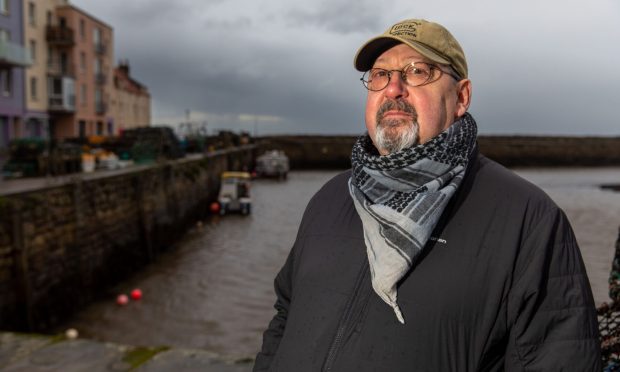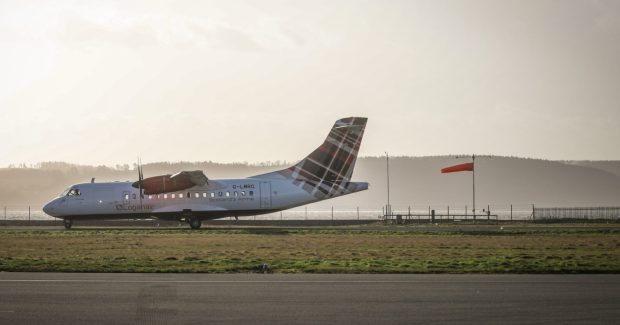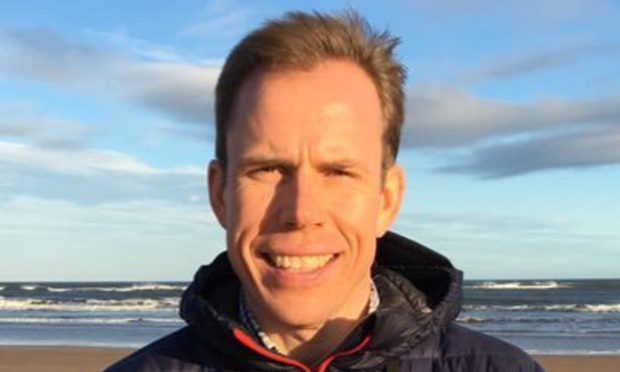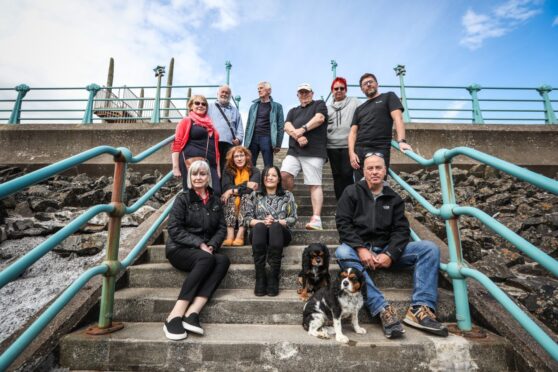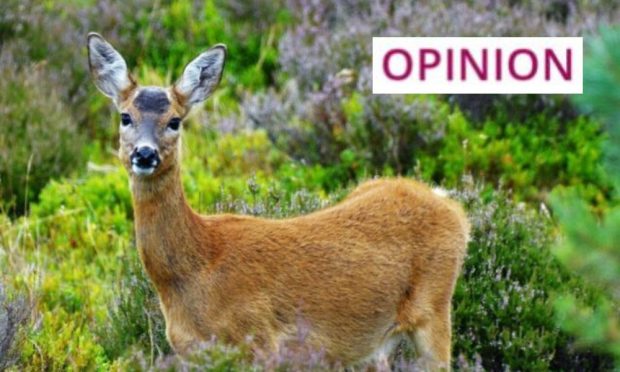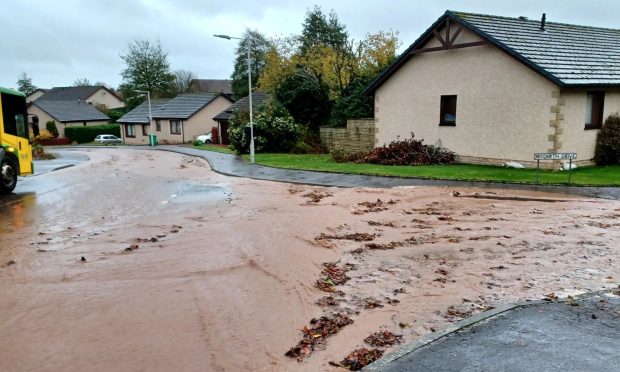Politics and nature are like oil and water. They don’t mix well and the result is invariably unpleasant. So it was when the Scottish Parliament was asked to vote on a motion to declare a nature emergency. You will not be surprised to know that it declined the opportunity and voted instead for an amendment that pretty much patted the Scottish Government on its own back.
And yes, the government is a leading voice on climate change, but nature – specifically – fares less well under its stewardship. The recent side-stepping of mountain hare legislation is a case in point. The legislation was passed but rather than implement it at once, it was decided to “consult stakeholders” and to urge voluntary restraint on the shooters while we await the outcome, which is right up there with inviting President Trump to display dignity and go quietly in the face of defeat by six million votes.
The motion had come from the Scottish Greens’ Mark Ruskell – to declare a nature emergency “and commit to an emergency response, reversing the decline and restoring nature to its former abundance and glory”. The debate that followed restricted speakers to four minutes each, so it is clear how seriously the motion was being taken. Politics and nature… oil and water.
‘Our greatest national asset’
Roseanna Cunningham, the secretary for the environment, climate change and land reform, responded by saying that “Scotland’s natural environment is our greatest national asset.” Yes it is, but then she added: “It provides the foundations on which our society and economy depend and improves our physical and mental health. It is also crucial to Scotland’s businesses, brand and reputation.”
Well, that is also true, but those are by-products of the natural environment, that’s what we can get out of it. But that’s not what the natural environment is for. The natural environment is for nature, and as Mr Ruskell said, nature is facing an emergency.
The environment secretary also said this: “Climate change and biodiversity are twin crises and must be tackled as such.”
No, they are not twin crises. Climate change is a man-made crisis. Biodiversity is natural, it’s the number and diversity of distinct living species and their habitats, it’s all nature, it’s everything there is. Nothing is more important.
Nature is facing an emergency
Climate change needs to be reversed, obliterated. Biodiversity needs to be freed up. If you are the United Nations or the World Health Organisation, biodiversity means everything in the world. If you are the Scottish Government, it means everything – all nature – in Scotland. And whether you call it that or not, nature in Scotland is facing an emergency.
Climate change can only be reversed slowly, by dismantling the worst excesses of society and its relentless pursuit of and thirst for incessant economic growth at the expense of natural resources. Also known as nature. Tackling the emergency that threatens the very existence of many species in Scotland can start right now.
10 ways to fix it
Make a plan today and implement it tomorrow. Here are 10 suggestions:
Widespread expansion of native woodland.
The end of grouse moors and peat burning.
The restoration and expansion of every native natural habitat.
Legislation to protect at least half the landmass of Scotland for nature as first priority.
Legislation to insist on lower-intensity and more diverse farming that takes wildlife’s needs into account
National parks that care for the land, for nature, rather than exploiting them for tourism.
Stop the illegal killing of wildlife. It’s not climate change that kills hen harriers and eagles, kites and buzzards.
Save the wildcat by investing in its future and introducing animals from Europe (and stop calling it the Highland Tiger, it’s nothing of the kind).
Give beavers their head instead of shooting them and exporting them to England or anywhere else. Restore them to their historic territories. They are masters of creating, restoring and expanding wetland, mitigating flooding, and contributing immensely to biodiversity.
Reintroduce the wolf. It’s the key that unlocks everything else in nature. It’s in every other country in Europe and it belongs here, too.
Let nature move freely again
And yes, I know, politics doesn’t work that way. But none of these 10 proposals is difficult to put into practice, and they would assist the cause of biodiversity immeasurably. Climate change and its consequences require the endeavours of every parliament on Earth, but there is much we can do right now to give nature its head. And that is all we have to do. Restore the obstacles our species has put in nature’s path so nature can move freely.
We forget that we are nature ourselves. We are just one of nature’s species. But our society and the demands of its perceived economic needs, are destructive of nature. It is inevitable, therefore, that by harming nature we harm ourselves. Flooding, wildfires, heatwaves, snowless winters… they all compromise our wellbeing.
An opportunity was lost in the Scottish Parliament last week. The environment secretary described the motion as “overburdened”. But it’s nature that is overburdened, and the burden has been put there by us. The Scottish Parliament just made it a little bit heavier.
Politics and nature, they never mix well, do they?
